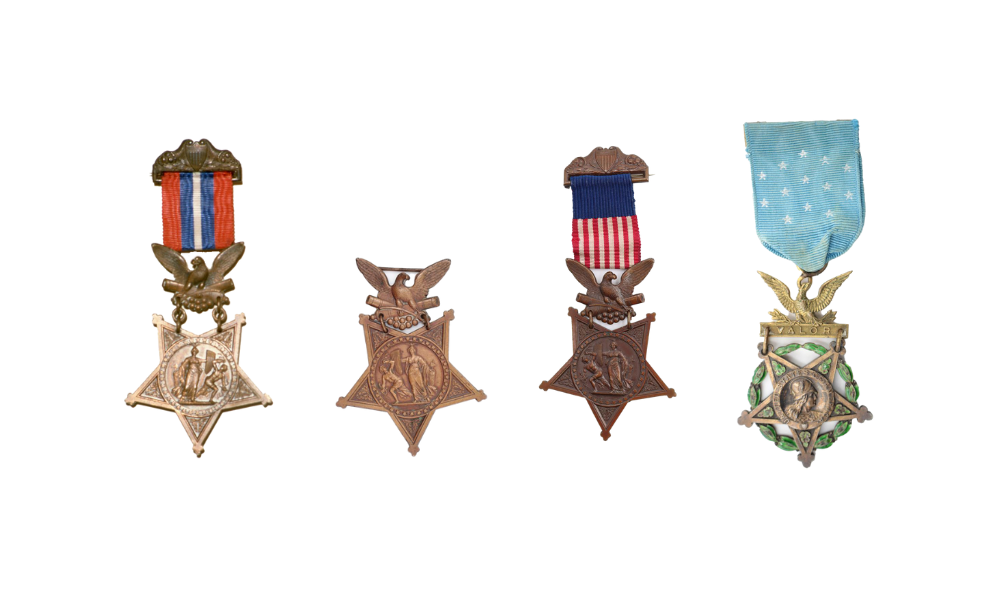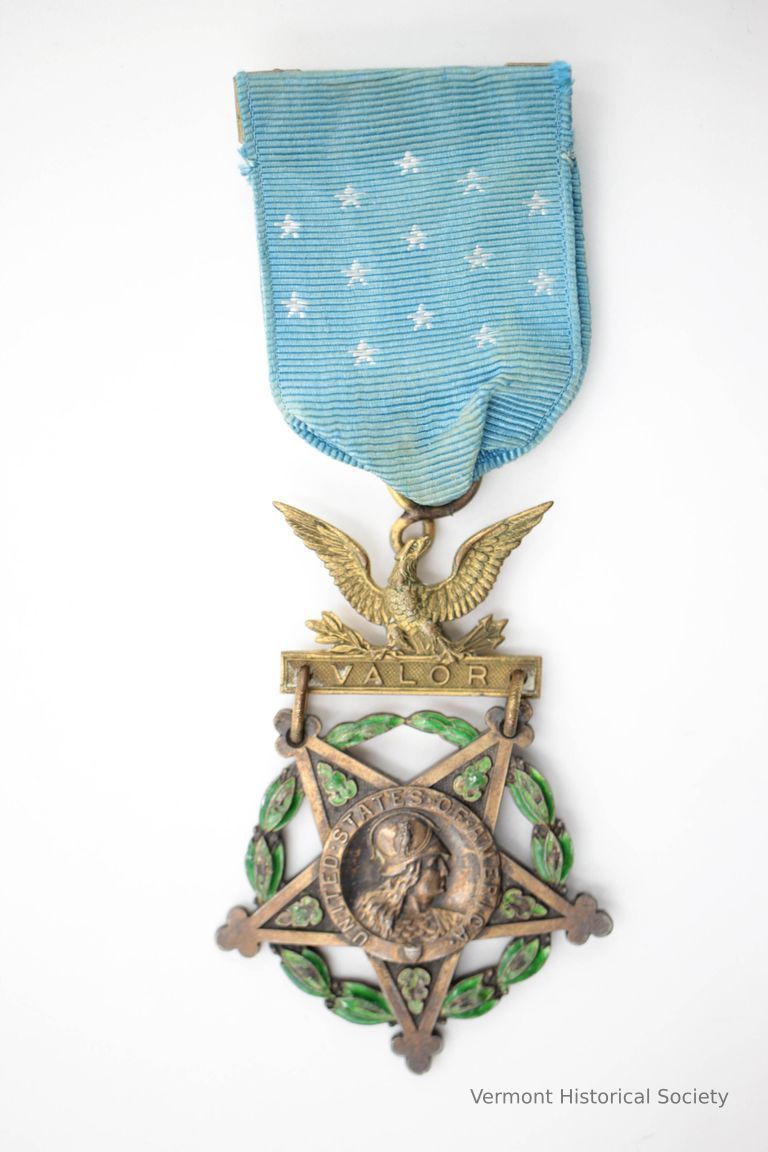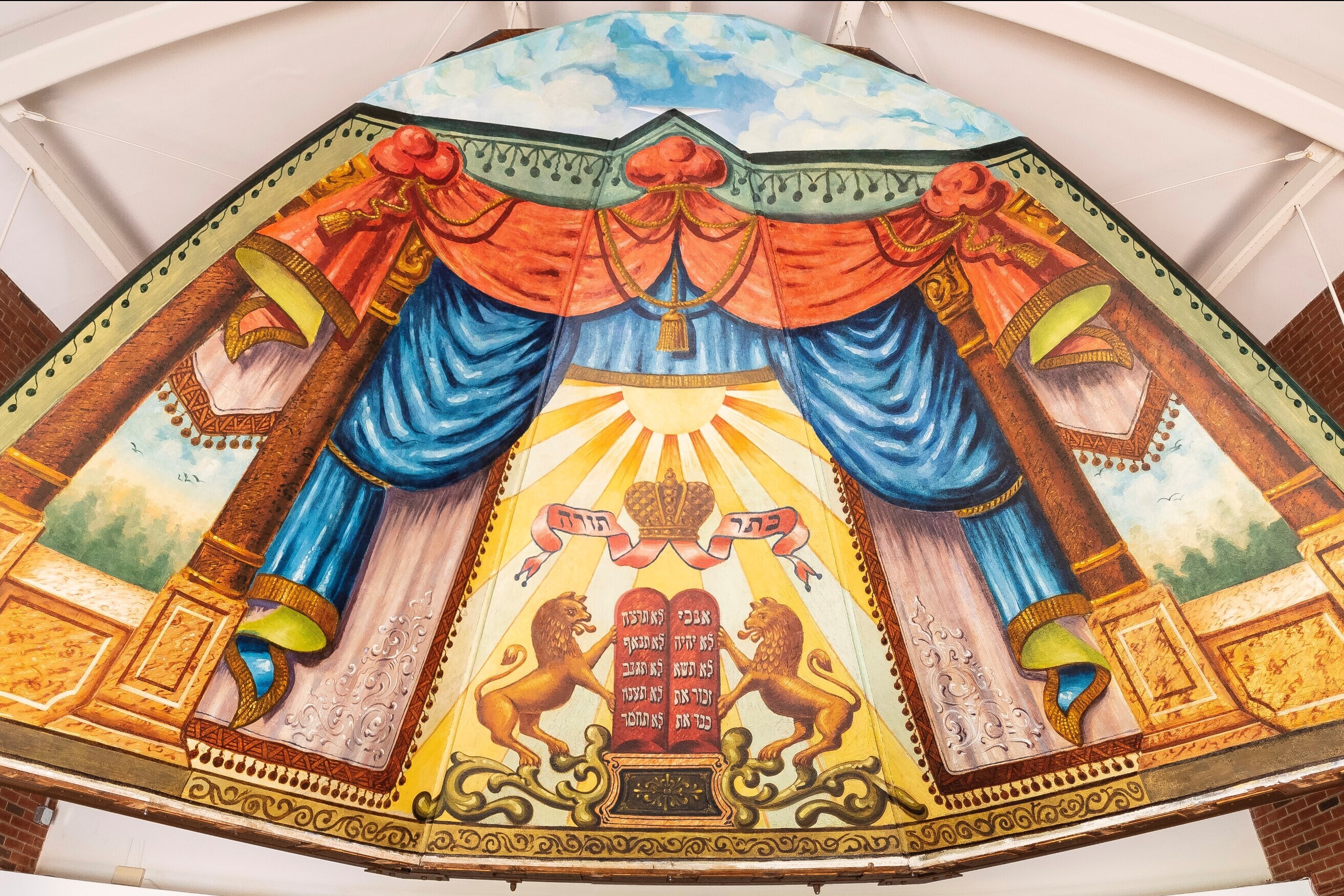Vestiges of wartime honors: VHS's Medals of Honor

Toward the back of the Vermont History Museum in Montpelier is a section of the Freedom & Unity exhibit that is dedicated entirely to Vermont's role during the American Civil War. Amongst the uniforms, service weapons, and paintings, you might overlook a medal that is on display. This medal represents a much larger story: a Congressional Medal of Honor, one of the nation's highest awards given to military servicemembers "who distinguish themselves through conspicuous gallantry and intrepidity at the risk of life above and beyond the call of duty."
Congress designated March 25th as "Medal of Honor Day", and accordingly, it's a good opportunity to learn a little more about this particular award and the stories behind each one.
This award dates back to the American Civil War, when Lieutenant General Winfield Scott's Chief of Staff, Lieutenant Colonel Edward D. Townsend, proposed that a special award for battlefield valor. Scott wasn't inclined to accept the proposal, but when he retired in the fall of 1861, Gideon Welles, the U.S. Secretary of the Navy, took up the idea. That fall, Congress enacted a bill to provide such an award to naval service members, and was soon followed by a counterpart for members of the U.S. Army.
The design of the medal is slightly different from branch to branch (the Air Force would eventually get its own variant in 1965, and while Congress authorized the Coast Guard to design its own, it has yet to issue such an award), but they're typically a five-pointed star with a ribbon. Prior to 1904, the ribbon was red, white, and blue, but starting in 1904, the design shifted to a light-blue ribbon with thirteen stars.

Here at the Vermont Historical Society, we have four of these medals in our collection:
Sergeant Robert J. Coffey of Montpelier, a member of the 4th Vermont Volunteers. He was awarded the medal on May 13th, 1892 for his actions at Bank's Ford in Virginia on May 4th, 1863. There, he "singlehandedly captured two officers and five privates of the 8th Louisiana Regiment." View the collection record for this item here.
Colonel Wheelock G. Veazey from Springfield, of the 16th Vermont Infantry. He was awarded the medal on September 8th, 1891, for his actions during the Battle of Gettysburg in Pennsylvania on July 3rd, 1863. During the infamous Pickett's Charge, he "rapidly assembled his regiment and charged the enemy's flank; charged front under heavy fire, and charged and destroyed a Confederate brigade, all this with new troops in their first battle." View the collection record for this item here.
1st Lt. George E. Davis of Burlington. A member of the 10th Vermont Infantry, he was awarded the medal in 1892 for his actions at Battle of Monocacy in Frederick County, Maryland on July 9, 1864, in which he commanded a small force of soldiers protecting a pair of bridges while they withstood a number of Confederate attacks, delaying General Jubal Early's advance on Washington. Here's his full citation on the Medal of Honor website. View the collection record for this item here.
Colonel Stephen Thomas of the 8th Vermont Regiment from West Fairlee. He was awarded the medal on July 25th, 1892 for his actions at the Battle of Cedar Creek, in Virginia on October 19th, 1864, where he fought in a hand-to-hand encounter "in which the advance of the enemy was checked." Read more about Thomas here.
Each of their actions demonstrated exceptional bravery in the heat of battle, actions that helped impact the direction of the battles that they took part in. These four are also not the only Vermonters from the Civil War to have been awarded the medal: searching the Congressional Medal of Honor's website for "Vermont" brings up a number of other soldiers who were awarded the medal.
Norwich University, located in Northfield, is the country's first private military academy, and has trained soldiers who've fought in every conflict since its inception in 1819: nine of those men have been awarded the medal, the most recent being Chief Edward C. Byers in December 2012 and Sergeant Thomas P. Payne in October 2015.
